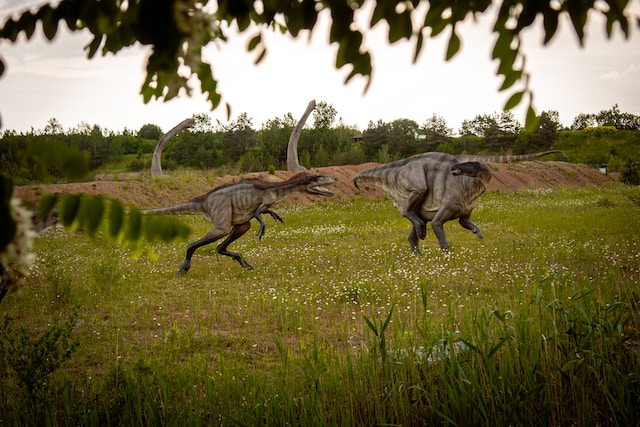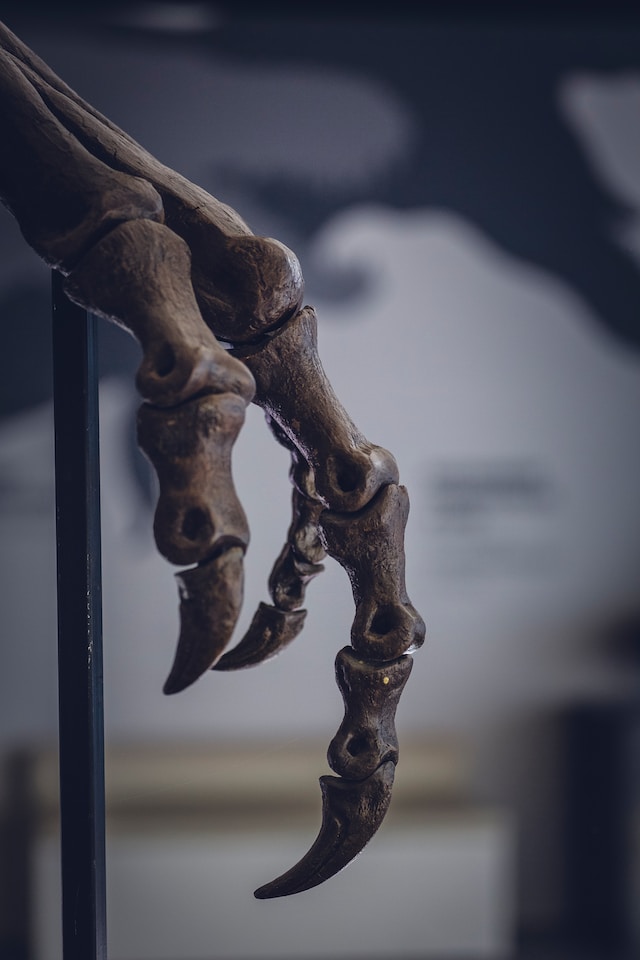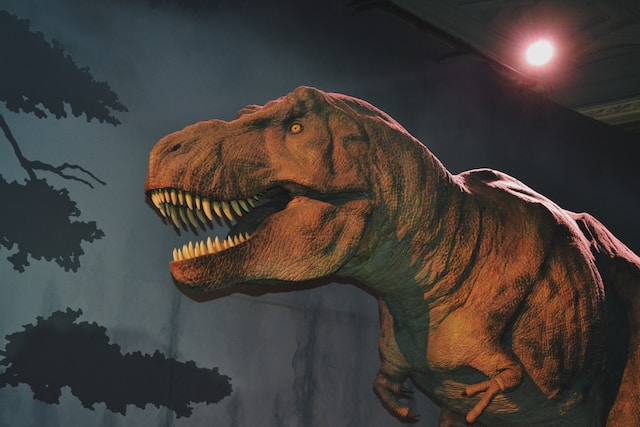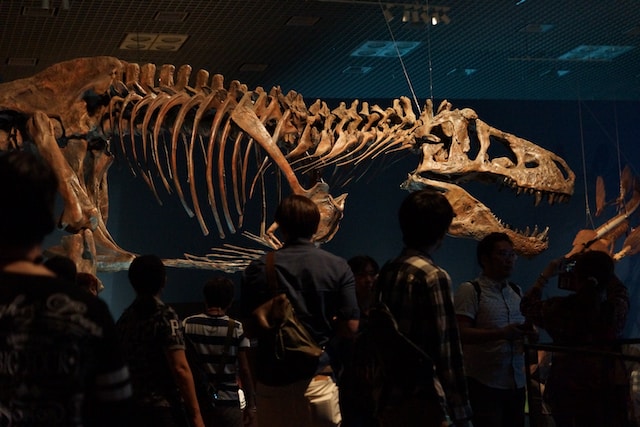The world of dinosaurs has captured our imagination for centuries, but recent scientific breakthroughs have revolutionized our understanding of these ancient creatures. In this article, we will embark on a journey of discovery, exploring the fascinating connection between dinosaurs and birds, debunking misconceptions, and delving into the enigma of their extinction.
Dinosaurs: More Than Just Giants from the Jurassic🌿🔬
Size Doesn’t Define Them
Exploring the Varied Sizes of Dinosaurs In the Jurassic Park series, many dinosaurs were genetically engineered to be larger than their original counterparts. However, in the Cretaceous period, many non-avian dinosaurs were actually smaller than even a chicken.
Nonetheless, there were colossal dinosaurs that weighed up to 10 tons and measured over 15 meters from nose to tail, making them the largest land-dwelling creatures.

From Michael Crichton to Fossil Discoveries
Reshaping Our Perceptions The adaptation of Michael Crichton’s novel by renowned director Steven Spielberg in the groundbreaking 1993 film “Jurassic Park” marked a turning point in our understanding of dinosaurs. Since then, the excavation of feathered dinosaur fossils in China has rewritten many of our preconceived notions about these magnificent creatures.
The Interdisciplinary Nature of Paleontology
Bridging Sciences Paleontology, the study of past life, is often misunderstood as an outdated discipline. However, it is a cross-disciplinary field that combines geology, biology, ecology, biomechanics, statistics, and more.
Paleontologists are not merely fossil collectors but also use cutting-edge technologies such as digital imaging, infrared microscopy, Raman spectroscopy, mass spectrometry, electron microscopy, and CT scanning in their laboratories. Their research, published in top scientific journals, employs complex measurements and statistical methods.

Unveiling Colors
From Speculation to Scientific Certainty One intriguing aspect of dinosaur depictions in art was the question of how artists determined the colors of dinosaur skin. While we now know that dinosaurs were not completely scaly, what about the colors of their feathers? Recent discoveries using scanning electron microscopy have revealed that fossilized feathers still retain their original pigment-containing structures. By studying the diverse forms of melanosomes in modern bird feathers, researchers can now reconstruct the colorful plumage of dinosaurs, even including physical colors produced by nanostructures on feather surfaces.
The Vibrant World of Feathered Dinosaurs🐦
Fossil Finds: Unraveling the Mystery of Feathered Dinosaurs
The incredible fossil finds of feathered dinosaurs have provided valuable insights into the world of these ancient creatures. Examples such as Sinosauropteryx and Anchiornis have allowed scientists to determine the distribution of their orange-brown and black feather patterns. In addition, using Raman spectroscopy, researchers have even analyzed the colors of dinosaur eggs.
Unveiling the Power of Tyrannosaurus Rex 🦖💥
When we think of dinosaur dominance, Tyrannosaurus rex immediately comes to mind. Its ferocious depiction tearing through other dinosaurs and terrorizing moviegoers in the “Jurassic World” series has made it a captivating icon. But just how powerful was T. rex’s bite? In “The Dinosaurs Rediscovered: How a Scientific Revolution is Rewriting History?” Benton shares a fascinating experiment. When a piece of Triceratops bone was found with a three-centimeter-deep notch, scientists created a model to match the notch with the tip of a T. rex tooth. They then drove a model of the tooth into a cow bone, calculating that it required a force of 1.4 metric tons to penetrate the Triceratops bone to the same depth. Further research suggests that T. rex could exert a bite force of up to 5.8 metric tons.

The End of an Era: Sudden Extinction or Gradual Decline? 🌍💔
The question of how non-avian dinosaurs met their end has long fascinated scientists. In the appendix of “The Dinosaurs Rediscovered: How a Scientific Revolution is Rewriting History,” Benton lists a hundred different hypotheses regarding their extinction. Today, we may find ourselves living in the midst of the sixth mass extinction event, making it crucial to comprehend how Earth’s former rulers dwindled to mere fossils. Understanding their fate helps us assess the risks and crises faced by our current environment.
Recommended Reading🦕📚
Dive Deeper into the World of Dinosaurs In addition to “The Dinosaurs Rediscovered: How a Scientific Revolution is Rewriting History” another captivating book that offers further insights into the world of dinosaurs is “The Rise and Fall of the Dinosaurs: A New History of a Lost World.” Both books provide a comprehensive understanding of these fascinating creatures. After reading these captivating works, you’ll be equipped to craft a science-fiction screenplay that surpasses the “Jurassic World” trilogy in scientific rigor, suspense, thought-provocation, and captivation of audiences.

Conclusion🌍
The study of dinosaurs continues to evolve, merging scientific disciplines and revealing remarkable details about these prehistoric creatures. From the discovery of feathered fossils to understanding their size variations, colors, and even the power of their bites, paleontologists have pushed the boundaries of knowledge. Exploring the mysteries of dinosaur extinction is not only a quest to understand the past, but also a vital endeavor in assessing the risks our planet faces today. Let the world of dinosaurs inspire us to delve deeper into the wonders of our natural history.🦕🔬


